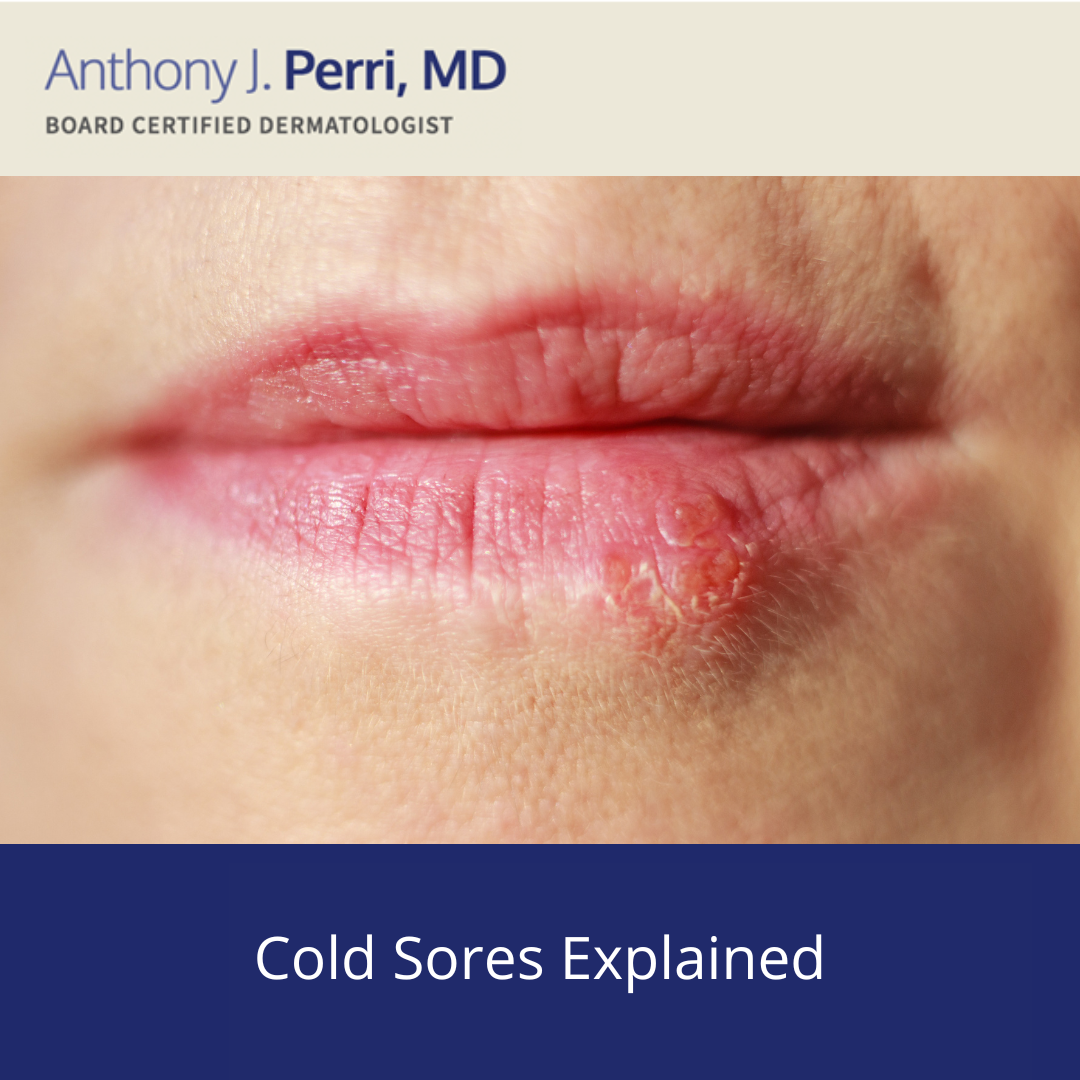
Dr. Perri helps many different patients seeking wart treatment. When the patient initially visits the office, the primary focus is on diagnosis and treatment. Once treatment begins to work, however, and the patient is thrilled to see the wart fading away, Dr. Perri receives another common question—“how can I prevent this from happening again?”
What Warts Are and How They Develop
Warts aren’t just random skin growths—they’re caused by the human papillomavirus (HPV). If someone has a cut somewhere on their body—even a very small one—and they come into contact with the virus somewhere, it can easily sneak into the body and cause a wart to form.
Warts are usually harmless and benign, but they are contagious. That means that once you have a wart, you can spread the virus to other people, or grow even more warts on your body that will require wart treatment.
How to Prevent Warts
The good news is that it’s fairly easy to prevent warts. Just by being aware of prevention techniques, you’re much more likely to stay wart-free.
- If you spend any time in locker rooms or at public pools (or anywhere else you might be barefoot in public), keep your feet covered. Warts love moisture, and this is where many people get warts on the bottom of their feet.
- Try not to touch someone else’s wart. This can be awkward, especially if someone reaches for a handshake, but it’s much better to be safe than sorry.
- Don’t bite your nails. When you bite your nails, this can break the skin around your nails and provide easy pathways for HPV to enter your body and cause a wart to develop.
If you already have a wart, but want to make sure it doesn’t spread while you’re undergoing a wart treatment, here are a few additional prevention techniques:
- When you have a wart on your foot, try to keep your feet as dry as possible.
- Avoid the temptation to pick at or scratch your wart.
- Wash your hands thoroughly and often, especially if you accidentally touch your wart.
- When filing your nails, use a disposable emery board. You should also try not to brush, clip, or shave areas that have warts.
You should also keep a bandage around your wart (unless your dermatologist recommends otherwise) so it has a better chance of healing, and there’s less of a chance that you’ll further infect yourself, or someone else.
Wart Treatment
If you have one or more warts that are not responding to at-home treatment, it might be time to seek the professional opinion of an experienced dermatologist. Dr. Perri at Perri Dermatology may recommend cryotherapy, which uses liquid nitrogen to freeze the wart. Cryotherapy only takes about a minute to perform and doesn’t require any anesthesia.
Contact Dr. Perri at Perri Dermatology to schedule an appointment at one of our two offices.




